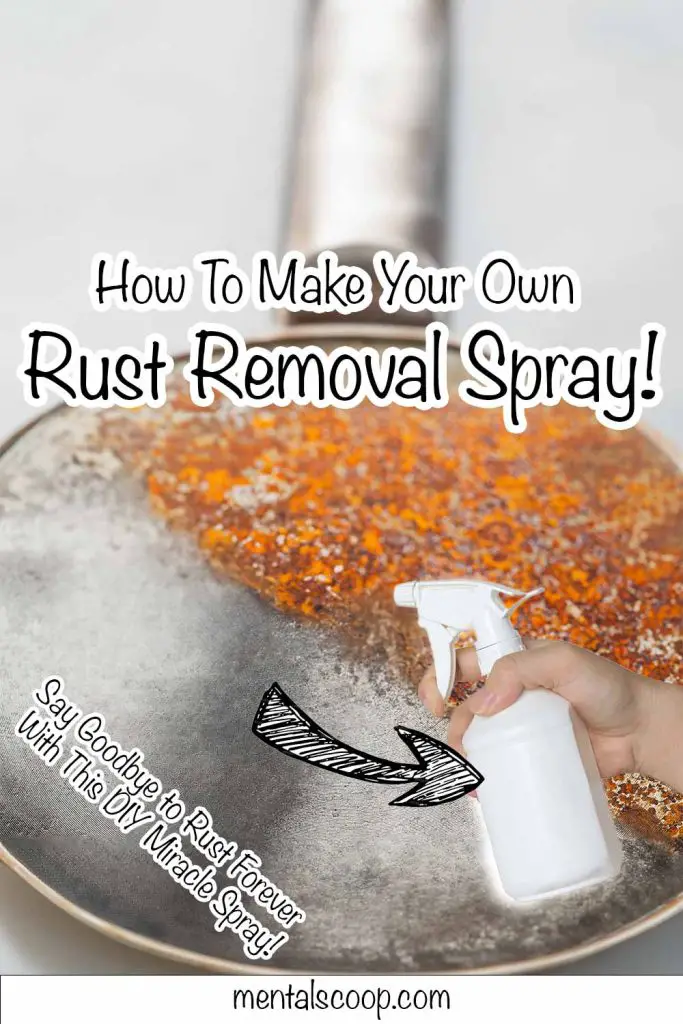How To Correctly Use Epsom Salt On Your Hydrangeas!

Hydrangeas are a gardener’s delight, known for their stunning blooms and vibrant colors. However, achieving those perfect flowers can sometimes be a challenge. One of the secrets to lush, healthy hydrangeas is Epsom salt.
This versatile mineral can work wonders for your plants, but it’s essential to use it correctly. In this detailed guide, we’ll explore everything you need to know about using Epsom salt on your hydrangeas, ensuring your garden is the envy of the neighborhood.
1. Understanding the Benefits of Epsom Salt for Hydrangeas
Epsom salt, scientifically known as magnesium sulfate, is a compound that provides two vital plant nutrients: magnesium and sulfur. These elements play a crucial role in photosynthesis and plant growth.
For hydrangeas, magnesium helps in the production of chlorophyll, which is essential for photosynthesis. Sulfur improves the plant’s ability to absorb nutrients from the soil. Together, they enhance the overall health and blooming capacity of your hydrangeas.
2. Identifying Signs of Magnesium Deficiency in Hydrangeas
Before you start applying Epsom salt, it’s important to recognize the signs of magnesium deficiency in your hydrangeas. Common symptoms include:
- Yellowing between leaf veins while the veins themselves remain green.
- Stunted growth and smaller leaves.
- Poor bloom quality and reduced flower production.
By identifying these signs early, you can address nutrient deficiencies before they significantly impact your plants.
3. Preparing Your Hydrangeas for Epsom Salt Treatment
Proper preparation is key to maximizing the benefits of Epsom salt. Begin by testing your soil’s pH level, as hydrangeas prefer slightly acidic to neutral soil (pH 5.5 to 7). If your soil is too acidic or alkaline, it may affect the plant’s ability to absorb magnesium. Adjust the soil pH if necessary using garden lime or sulfur.
4. Correct Dosage: How Much Epsom Salt to Use
Using the right amount of Epsom salt is crucial. For hydrangeas, a general guideline is to mix 1 tablespoon of Epsom salt with 1 gallon of water.
This solution can be used as a soil drench or foliar spray. If you’re treating a magnesium deficiency, apply this mixture every two to four weeks during the growing season.
5. Soil Drench Method: Step-by-Step Application
The soil drench method involves watering your hydrangeas with an Epsom salt solution. Here’s how to do it:
- Dissolve 1 tablespoon of Epsom salt in 1 gallon of water.
- Water the base of the hydrangea with the solution, ensuring it penetrates the soil to reach the roots.
- Repeat this process every two to four weeks, depending on the plant’s needs and soil conditions.
6. Foliar Spray Method: Boosting Hydrangeas Through the Leaves
Another effective method is applying Epsom salt as a foliar spray. This allows the plant to absorb magnesium directly through its leaves. Follow these steps:
- Mix 1 tablespoon of Epsom salt in 1 gallon of water.
- Pour the solution into a spray bottle.
- Spray the leaves of your hydrangeas, making sure to cover both the tops and undersides.
- Apply every two weeks for best results.
7. Combining Epsom Salt with Other Fertilizers
While Epsom salt is beneficial, it should not replace your regular fertilization routine. Instead, use it in conjunction with a balanced fertilizer.
Apply a slow-release fertilizer formulated for hydrangeas in early spring, and supplement with Epsom salt treatments throughout the growing season to ensure your plants receive a full spectrum of nutrients.
8. Monitoring Your Hydrangeas: When to Adjust Epsom Salt Use
Regularly monitor your hydrangeas for any changes in appearance and growth. If you notice signs of over-fertilization, such as leaf burn or excessive leaf drop, reduce the frequency of Epsom salt applications. Adjust your treatment based on the plant’s response and overall health.
9. Troubleshooting Common Issues
Even with proper care, you might encounter issues when using Epsom salt. Common problems include:
- Overuse: Too much Epsom salt can lead to nutrient imbalances and harm your plants. Stick to the recommended dosage.
- Ineffectiveness: If Epsom salt doesn’t seem to be working, reassess your soil pH and overall fertilization strategy.
- Environmental Factors: Extreme weather conditions can affect how well your hydrangeas respond to treatments. Protect your plants from excessive heat, cold, and wind.
By following these guidelines, you can harness the power of Epsom salt to enhance the beauty and vitality of your hydrangeas. With proper application and care, your garden will flourish with stunning, healthy blooms that capture the essence of nature’s elegance.
Embrace the journey of gardening with hydrangeas and discover the transformative effects of Epsom salt. Happy gardening!

More interesting articles you may be interested in reading:

